Keys to Building an Engine Dyno Room
A dyno is something you should showcase. You want it presentable, because at the end of the day, it’s this kind of equipment that sets you apart from other shops.
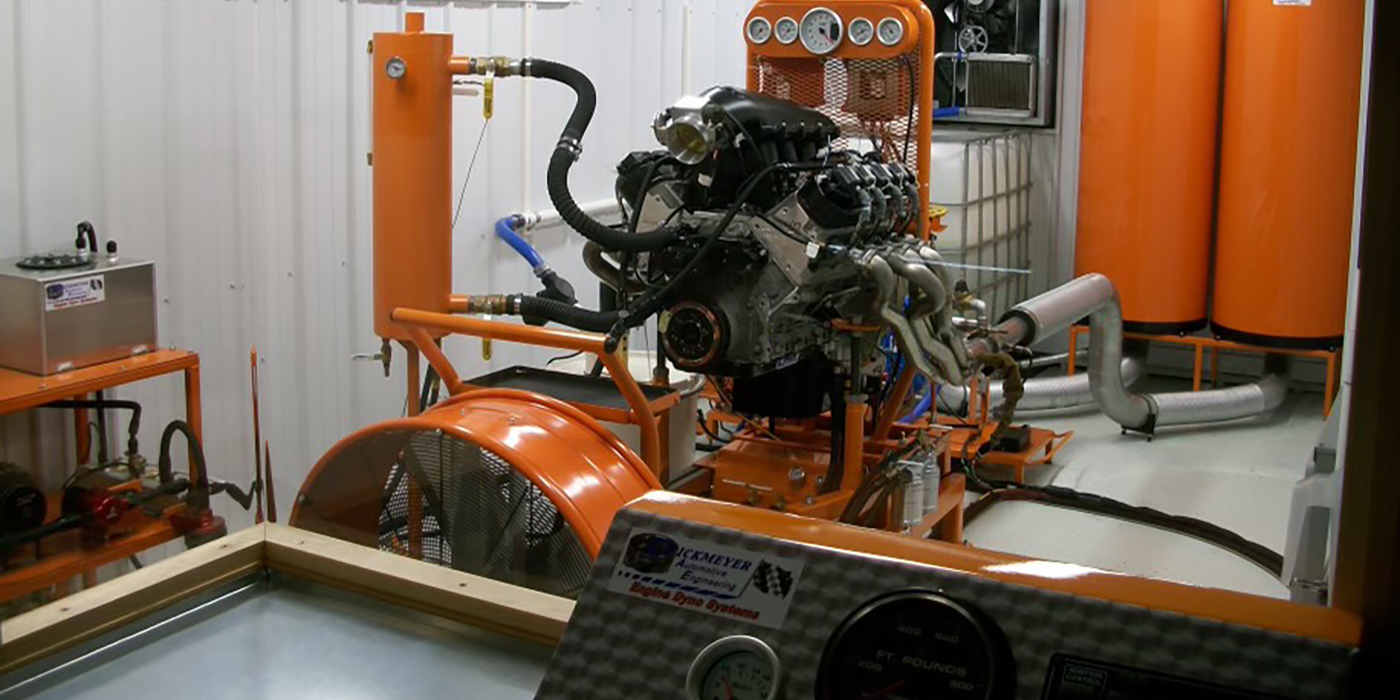
Boosted 6.0L Powerstroke Engine
Tired of having issue after issue with Ford Powerstroke work done by other shops, William Eaves and his dad started their own engine shop called Boosted Built. They recently wrapped up work on William’s 1,400-horsepower, boosted 6.0L Powerstroke and we got the details!
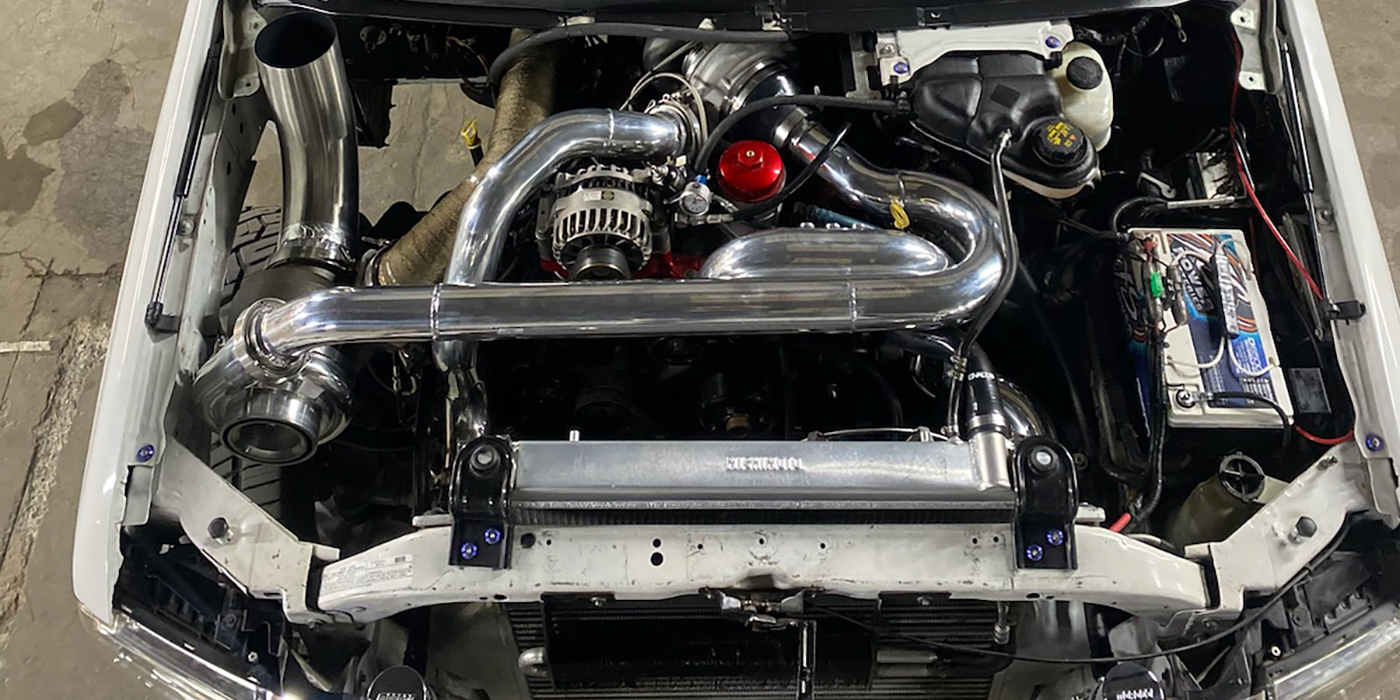
Making the Most of LS Cylinder Heads
There’s a million ways to alter cylinder heads for better power, so we spoke with a few cylinder head manufacturers about their LS offerings in the market, why LS heads are so hungry for horsepower and ways you can maximize their efficiency and power potential.
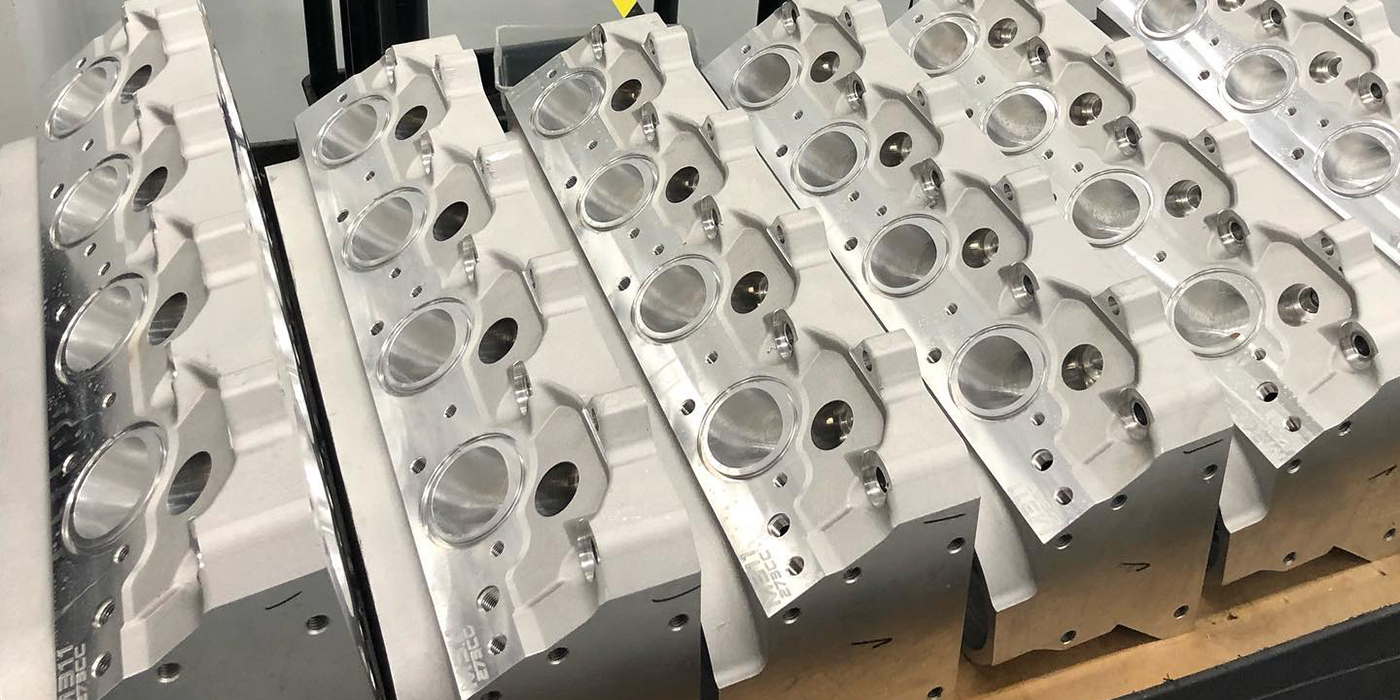
Stage 3 Turbo 6.0L Powerstroke Engine
With time and money not an issue, Lead Foot Diesel Performance got to showcase everything they’re capable of on this Ford King Ranch dually build with a turbocharged 6.0L Powerstroke under the hood. See what went into this $150,000+ project.
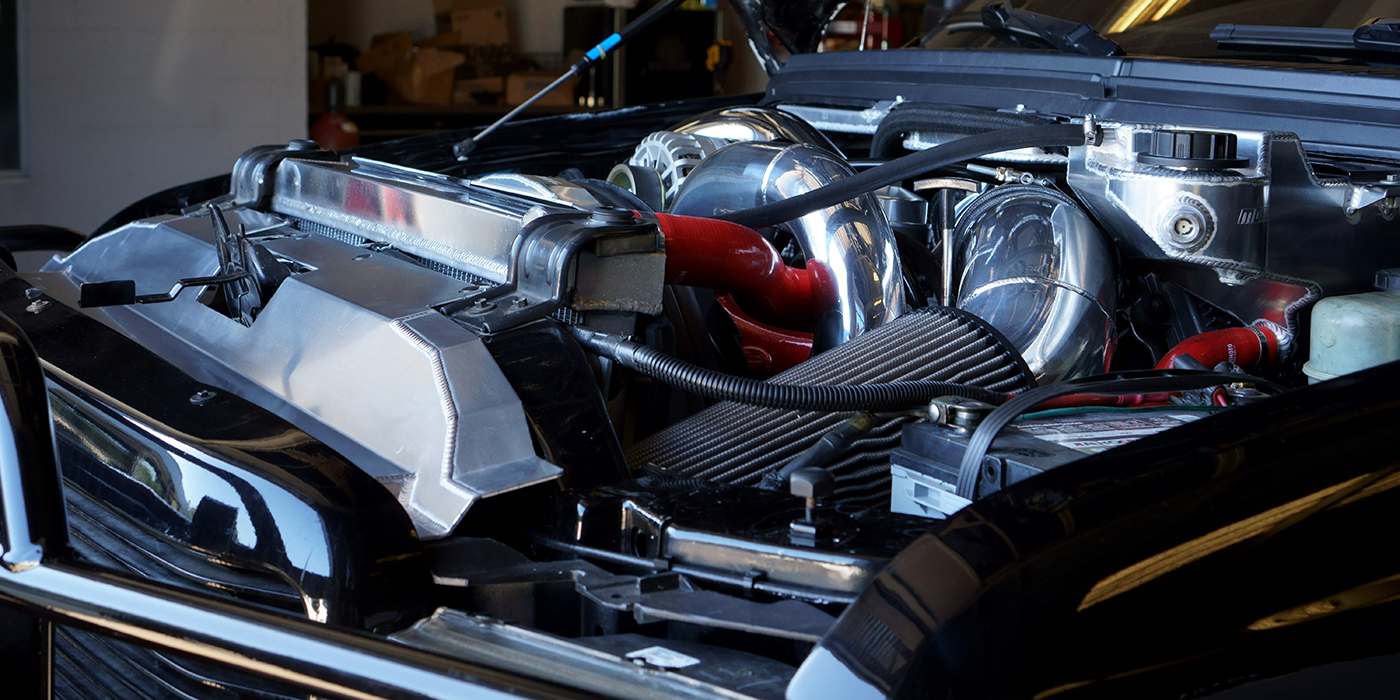
Induction Heating for Remanufacturing
Induction heating should certainly be a primary consideration as a desired heat source for your current or upcoming reman heating operations.
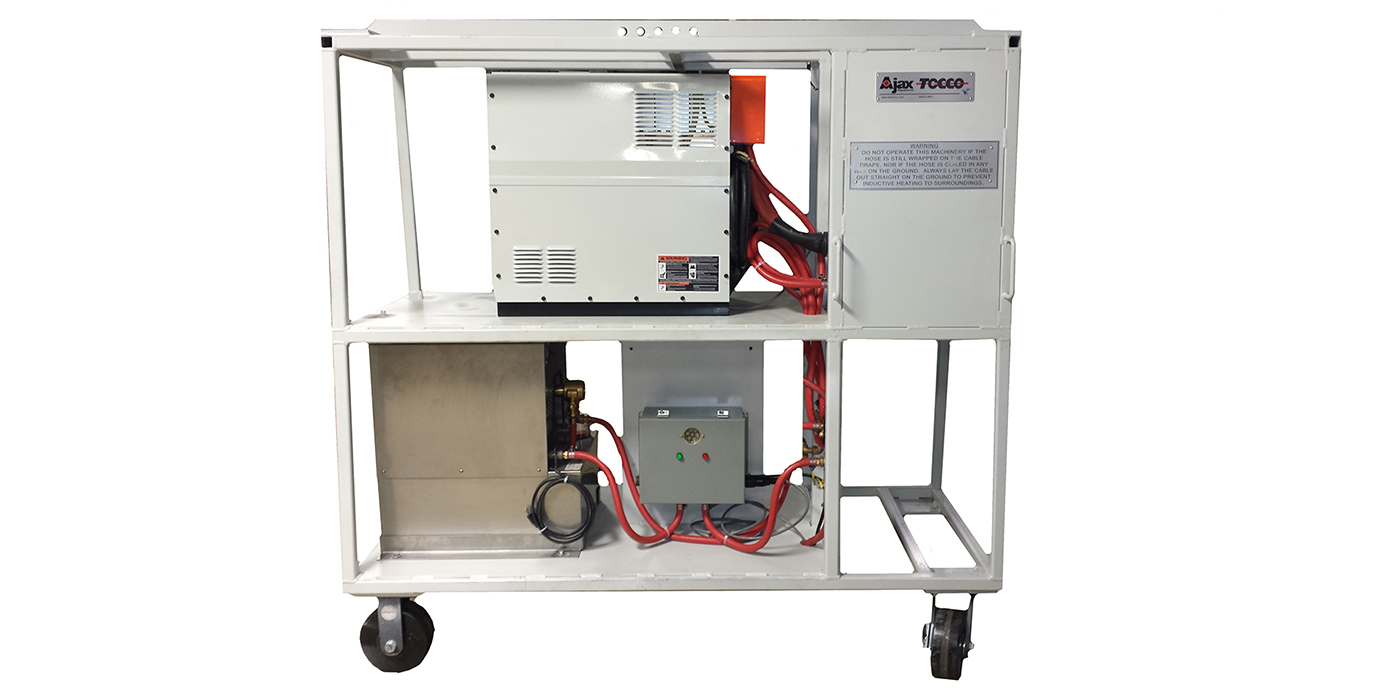
Mahle to 3D Print Aluminum Pistons
The pistons were successfully tested on the engine test bench for Porsche’s 911 GT2 RS sports car.
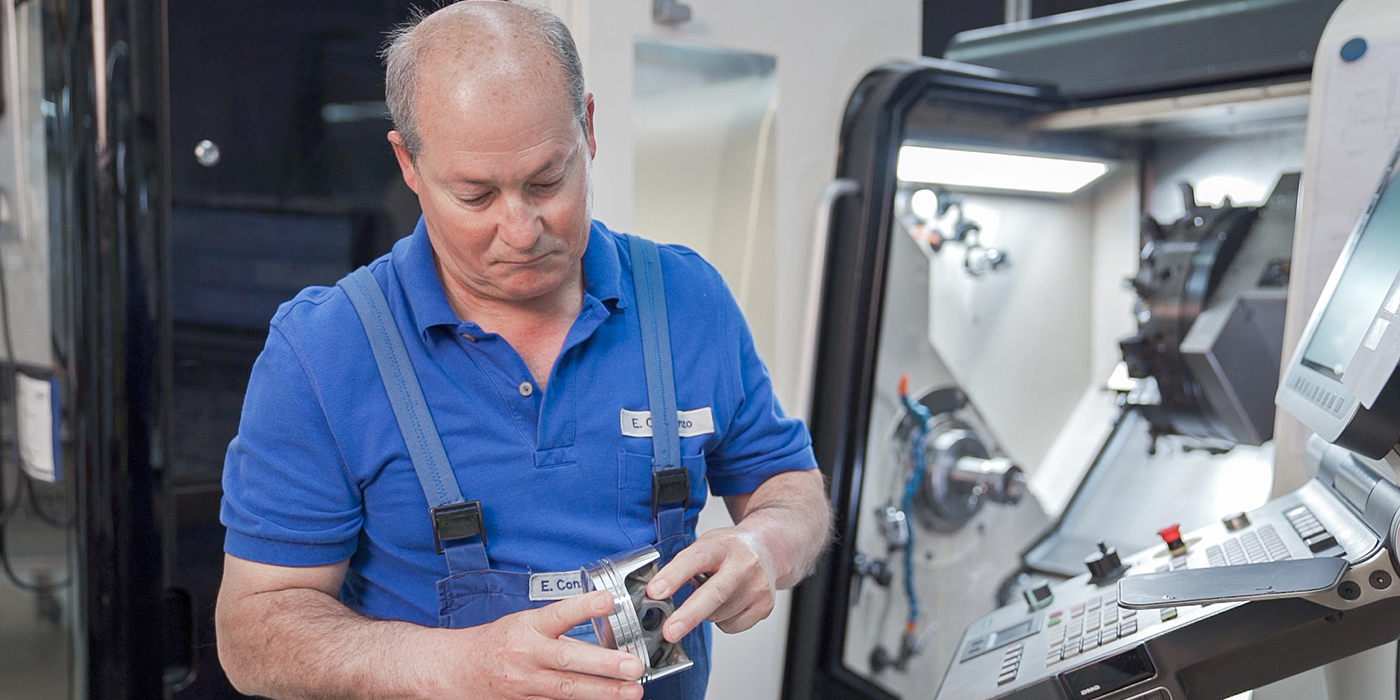
OE Parts vs. the Aftermarket
Many of your customers believe that OEM parts are better than aftermarket parts. We wanted to dispel some of the myths once and for all. Without getting into the mud about which brands are better. It is important to note that not all parts are created equal, and this includes both aftermarket and OE replacement parts.

Keeping an Eye on Cooling Systems
We all know the internal combustion engine (ICE) is going through a metamorphosis these days as the OEMs carefully scrutinize and squeeze every component for maximum efficiency.
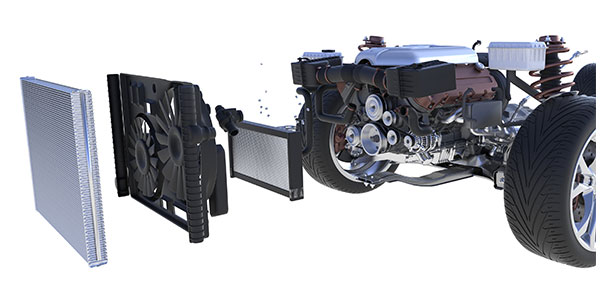
Shop Solutions – July 2019
Industry tips and tricks.
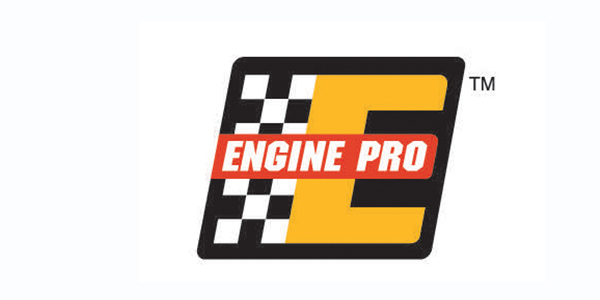
5.7L Gen III Hemi Engine Mysteries
The original hemispherical combustion chamber engine design was introduced with the FirePower name for 1951 model-year Chrysler and was rated at 180 hp. The history of the Hemi is filled with plenty of memorable highlights such as Richard Petty’s dominance at the 1964 Daytona 500 where he lapped the field.
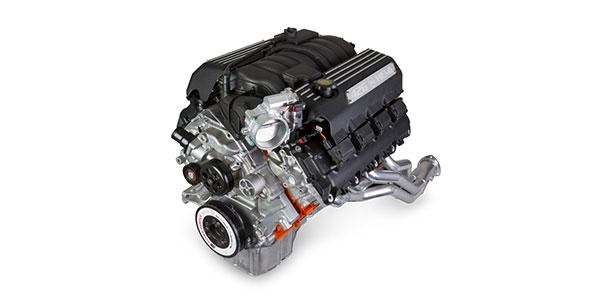
Valve Seats & Guides
Performing valve jobs is one of the most crucial areas of the engine building business. According to our most recent Machine Shop Market Profile, cylinder heads for gas engines account for nearly 16 percent of an engine builder’s production time – and it’s easy to see why.
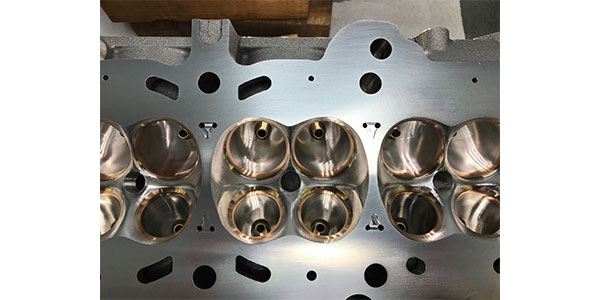
Building the Ford GT 500 5.8L Engine
During an engine seminar at the 2017 PRI Show, we were introduced to Michael Rauscher, owner of L&M Engines in Hatboro, PA, who was on the panel of engine builders discussing engine oil and bearing performance. We were impressed with Rauscher’s responses and his philosophies on engine building, so we gave him a call to
Cryogenics is Real and It Works – You Just Can’t See It
Cryogenics is a process in which material such as steel and aluminum are exposed to severe cold, down to -320 degrees F to make them more durable and stabilize the metal or aluminum. The closer you get to absolute zero (-459.67 F) the better, but you better not cross that line of -460 F.
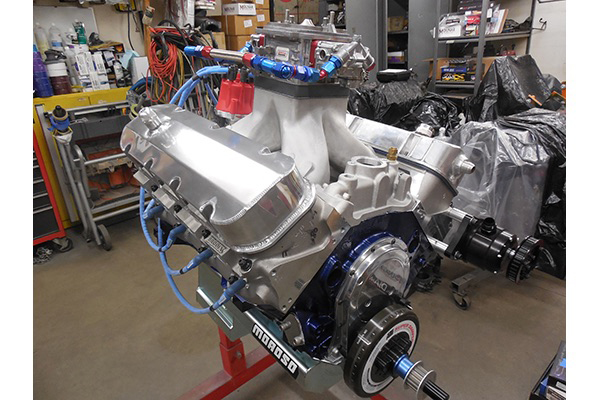
Valves and Seats
When it comes to engine components working together, there are few areas that share the same level of relationship as the valves and valve seats. The factors that affect this duo’s ability to reside in harmony inside an internal combustion engine encompass everything from material compatibility to thermal conductivity.
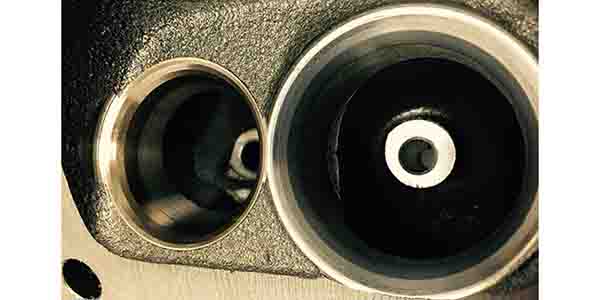
Ford GT 500 5.8L Engine
Michael Rauscher of L&M Engines credits his custom camshaft design work for generating all the power in his Ford GT 500 5.8L engines. Find out how L&M gets these engines revving to the tune of 1,500 hp!
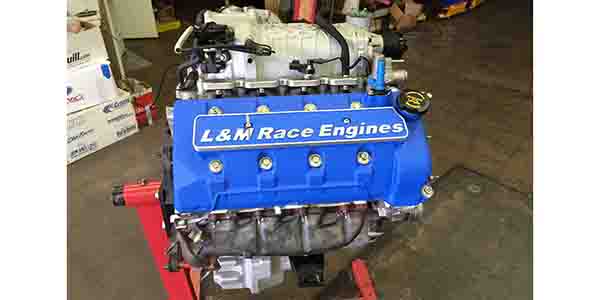
Titanium and Other Engine Friends
Titanium or Ti, is an element that has been around a while. An English clergyman interested in metals named Rev. William Gregor is credited with the discovery of it in 1781. The name titanium comes from the sons of the Earth Goddess in Greek mythology, also known as the Titans.
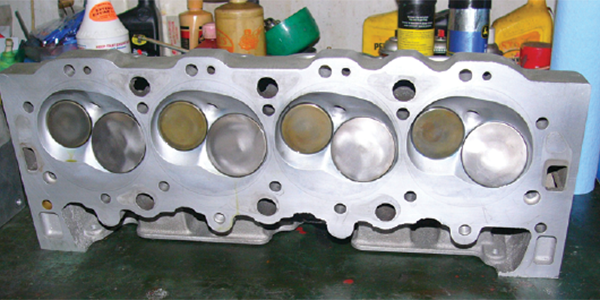
Duramax Engine: Getting Inside GM’s 6.6L Diesel Dominator
Today’s Duramax engines are recognized as dependable, powerful engines capable of being enhanced by internal engine modifications as well as bolt-on technology. They are used for towing and hauling, frequently over long distances and through unforgiving environments. They are asked to perform at the highest level and be ready to go at it again and again.
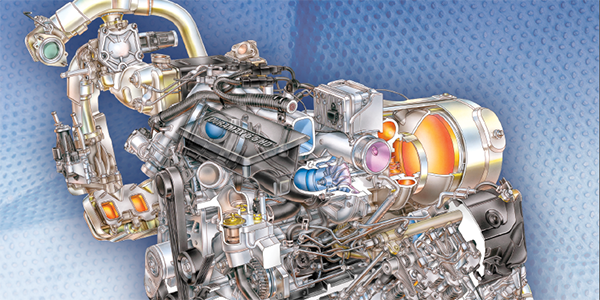
The Daily Grind – Grinding valve seats with different abrasives
Grinding valve seats with abrasive stones has been aound about as long as the internal combustion engine. In the early days of grinding seats, there were only two abrasive materials to choose from – General Purpose and Finishing – because seats were mostly made of a single material, cast iron. Today, seats are made of
Engine Parts Cracks – How to Fix
One of the essential elements of engine building is making sure heads, blocks, main bearing caps, crankshafts, connecting rods, pistons, cams, timing gears, rocker arms, and flywheels are free from cracks. If you’re doing a complete engine build, checking the intake and exhaust manifolds for cracks is also a good idea – and that includes
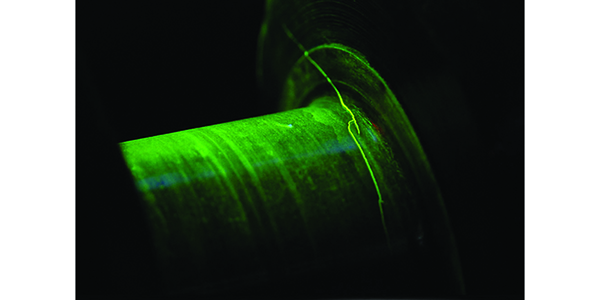
Shaking the Rust Off – Preventing and Getting Rid of Rust on Engine Parts
It’s said that water and oil don’t mix. Turns out moisture, air and metal don’t get along real well either. There are many things that can damage engine parts, causing them not to function correctly or be as dependable as they could be, and one of those variables not necessarily top of mind is rust.
